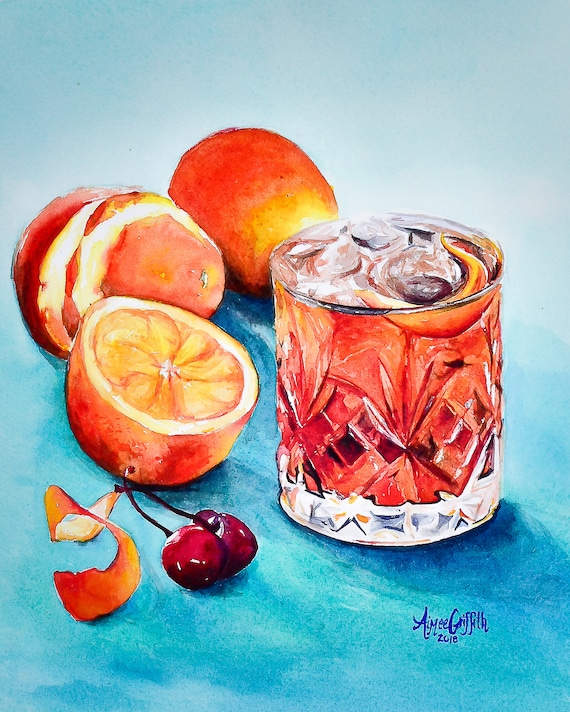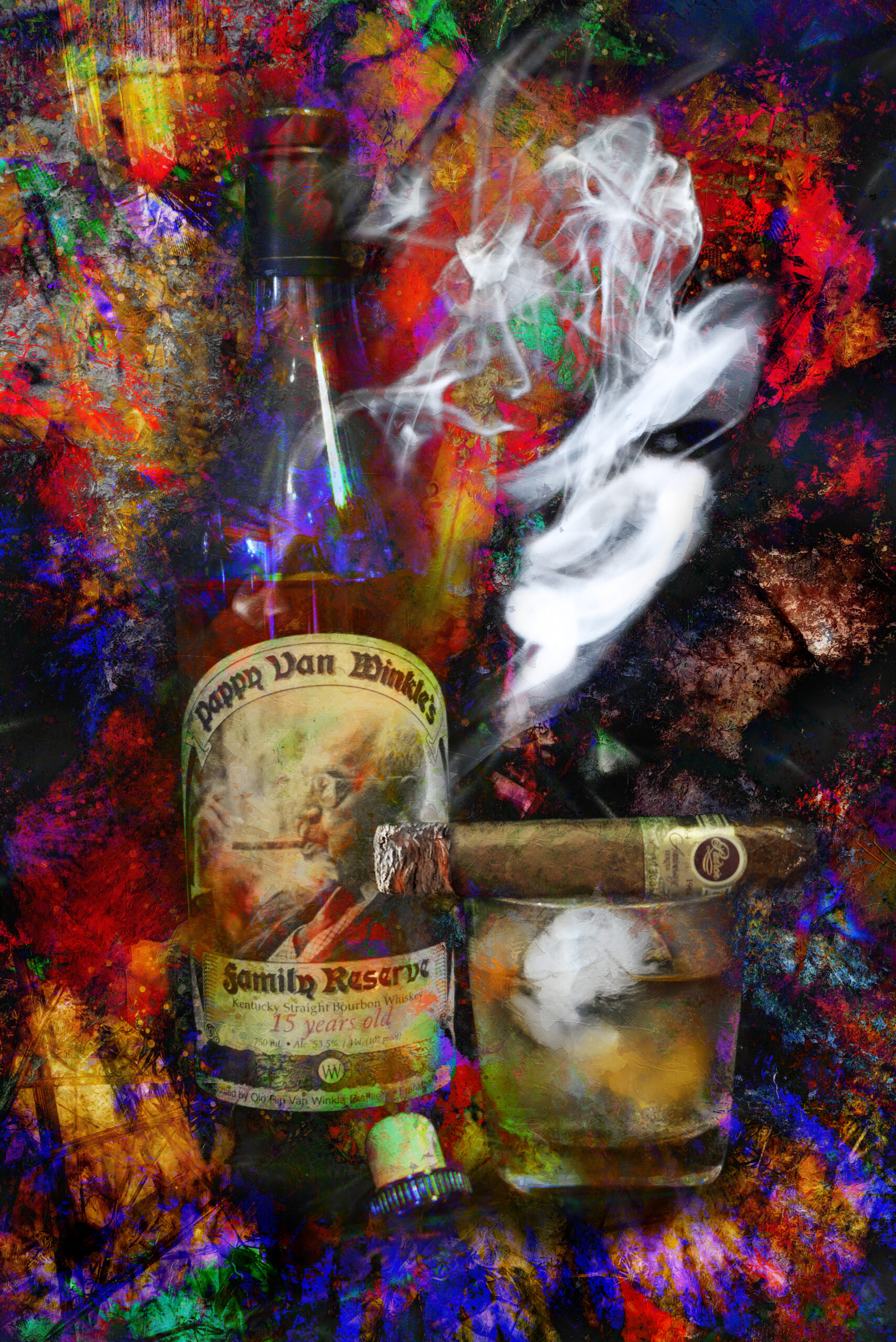Limited Edition: Discover Exclusive Bourbon Art Pieces for Collectors
Limited Edition: Discover Exclusive Bourbon Art Pieces for Collectors
Blog Article
The Significance of Whiskey Art in Celebrating Heritage and Workmanship in the Beverage Industry
The intricate partnership between bourbon art and the event of heritage and workmanship within the beverage industry can not be overemphasized. Via attentively created labels and bottles, scotch brands envelop their historic origins and the artisanal skills that define their production methods.
The Historic Roots of Whiskey
At the heart of bourbon's appeal lies an abundant tapestry of historical origins that trace back to ancient civilizations. The beginnings of scotch can be linked to the purification techniques of the Sumerians and Babylonians around 2000 BCE, where very early forms of fermented grain drinks began to emerge. Nonetheless, it was in the Center Ages that the art of purification developed substantially, particularly in Ireland and Scotland, leading to the production of whiskey as we recognize it today.
The term "whiskey" itself originates from the Gaelic word "uisce beatha," implying "water of life." This expression underscores the cultural value of bourbon in Celtic cultures, where it was frequently connected with rituals, events, and public bonding. By the 15th century, distillation ended up being a recognized craft within monastic areas, leading the way for the facility of lawful distilleries.
As trade paths broadened, bourbon's popularity grew, going beyond local borders and capturing the rate of interest of aficionados worldwide. Realism Art. This historical journey reflects not just the craftsmanship behind scotch manufacturing yet also its important duty in cultural and social contexts, marking it as a considerable drink throughout background
Artistic Expression in Branding
Bourbon branding stands as a compelling junction of virtuosity and business, where aesthetic identification plays an important function fit customer understanding. The appearances of bourbon tags, packaging, and advertising and marketing products show not only the brand name's story yet likewise its core worths and heritage. Through artistic expression, distilleries communicate a story that resonates with customers, stimulating feelings and sparking links.
Making use of shade, typography, and imagery in branding offers to separate products in a saturated market. As an example, standard concepts may evoke a feeling of credibility and workmanship, while modern-day styles can indicate development and forward-thinking. This calculated imaginative instructions improves brand name acknowledgment and commitment, permitting customers to build a personal partnership with the whiskey they select.
In addition, creative expression in branding commonly acts as an event of local heritage. Distilleries often integrate neighborhood symbols or historical references into their layouts, producing a local color that welcomes consumers to engage in a wider social experience. Eventually, the creativity behind bourbon branding not just improves visual appeal however also enriches the general narrative of the brand, promoting a deeper admiration for the craftsmanship and heritage ingrained in each container.
Craftsmanship in Container Style
The creativity noticeable in whiskey branding prolongs beyond aesthetic identity to include the workmanship associated with bottle layout. Each bottle works as a vessel not just for the spirit within, yet additionally for the tale it outlines its top quality, tradition, and beginning. The layout process calls for thorough focus to information, as elements such as shape, closure, and material add dramatically to the overall understanding of the bourbon.
Workmanship in container style entails picking top quality glass that can improve the scotch's shade and quality, while likewise supplying a responsive experience for the customer. The shape of the container must be both functional and cosmetically enticing, often mirroring the heritage of the brand name. Several distilleries choose for one-of-a-kind shapes or embossed logos that evoke a sense of authenticity and background.
Additionally, the label layout and typography play a crucial role in connecting the brand name's narrative. Limited Edition. A well-crafted container not only astounds the customer's eye but likewise reinforces the brand's commitment to top quality and tradition. This way, the workmanship of container design ends up being an essential aspect of the whiskey experience, merging virtuosity with an extensive respect for heritage
Cultural Relevance of Bourbon Art
Commemorating tradition and craftsmanship, the social relevance of scotch art transcends plain aesthetics, intertwining with the historic and social narratives of the areas from which it comes from. Each bottle functions as a canvas, illustrating the special stories, folklore, and practices that have actually shaped neighborhood whiskey-making techniques. The intricate designs often reflect the heritage of the distillers, incorporating signs and themes that resonate with the culture and values of their neighborhoods.

Additionally, whiskey art plays a vital role in public celebrations and parties, acting as a tangible link in between individuals and their shared experiences. By appreciating the artistry in bourbon product packaging, web consumers cultivate a much deeper understanding and regard for the craft, ultimately enriching their satisfaction of the drink itself.
Modern Trends in Scotch Presentation
In recent times, the discussion of whiskey has actually progressed to show contemporary preferences and fads while still honoring conventional craftsmanship - Realism Art. Distilleries are progressively focusing on visual aspects that boost the general drinking experience, linking the gap in between heritage and modernity
Ingenious container styles have arised, frequently including sustainable products and creative tags that tell engaging stories. Lots of brands currently collaborate with regional musicians, instilling their products with unique aesthetic expressions that reverberate with customers. Additionally, limited-edition launches are often packaged in collectible containers, including worth and appeal for lovers.

Conclusion
In verdict, bourbon art offers as a vital conduit for expressing the heritage and workmanship inherent in the drink sector. Through elaborate try this web-site branding, ingenious bottle designs, and culturally significant artistic components, bourbon brand names successfully honor their traditions and connect learn this here now with customers.


Workmanship in container style entails choosing high-quality glass that can improve the whiskey's color and quality, while likewise giving a tactile experience for the customer. In this way, the workmanship of container design ends up being an important aspect of the scotch experience, combining artistry with an extensive regard for heritage.
In conclusion, bourbon art offers as a vital avenue for sharing the heritage and craftsmanship inherent in the beverage sector.
Report this page